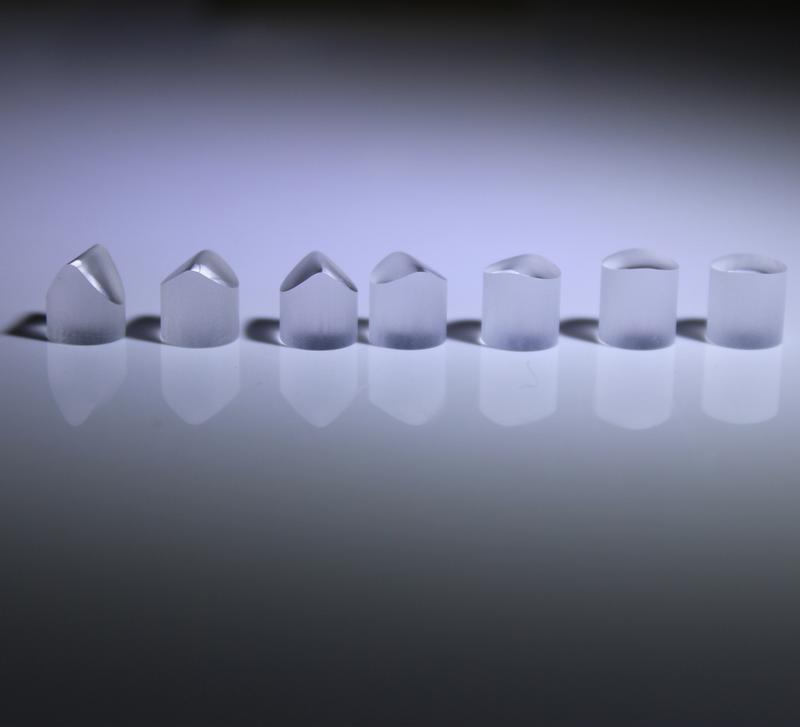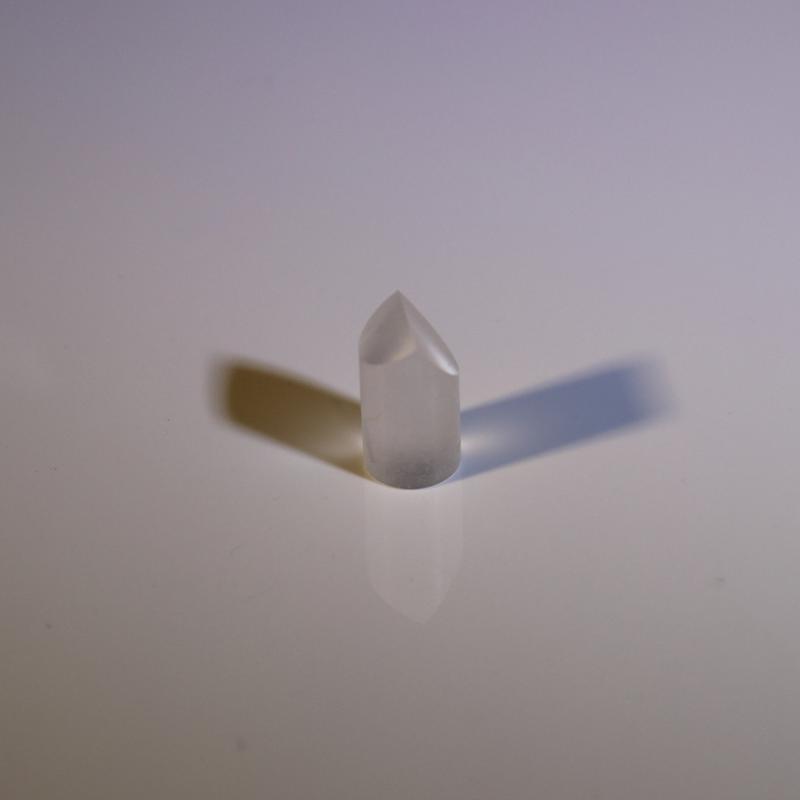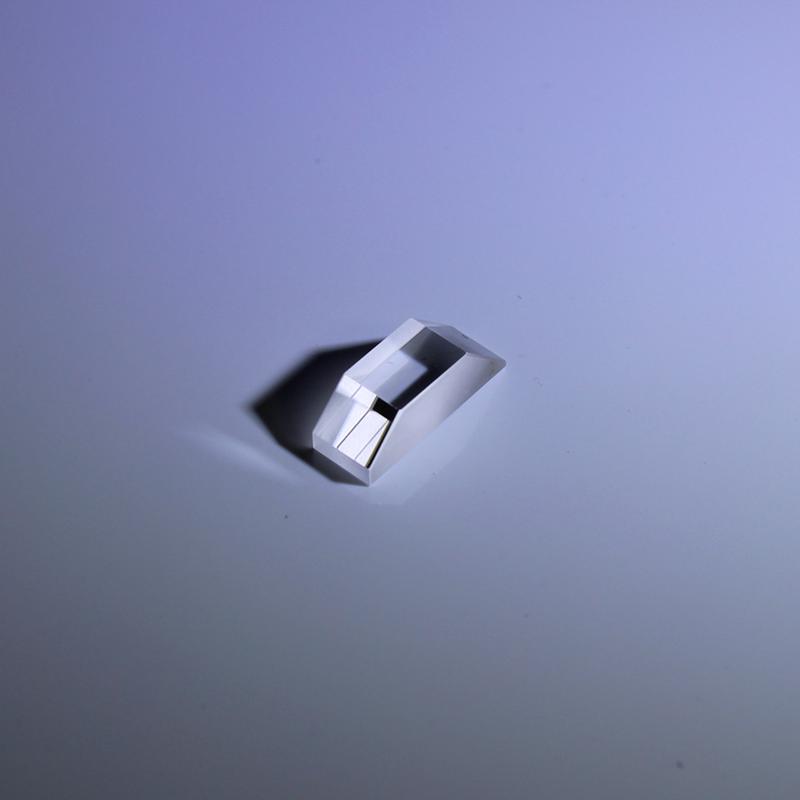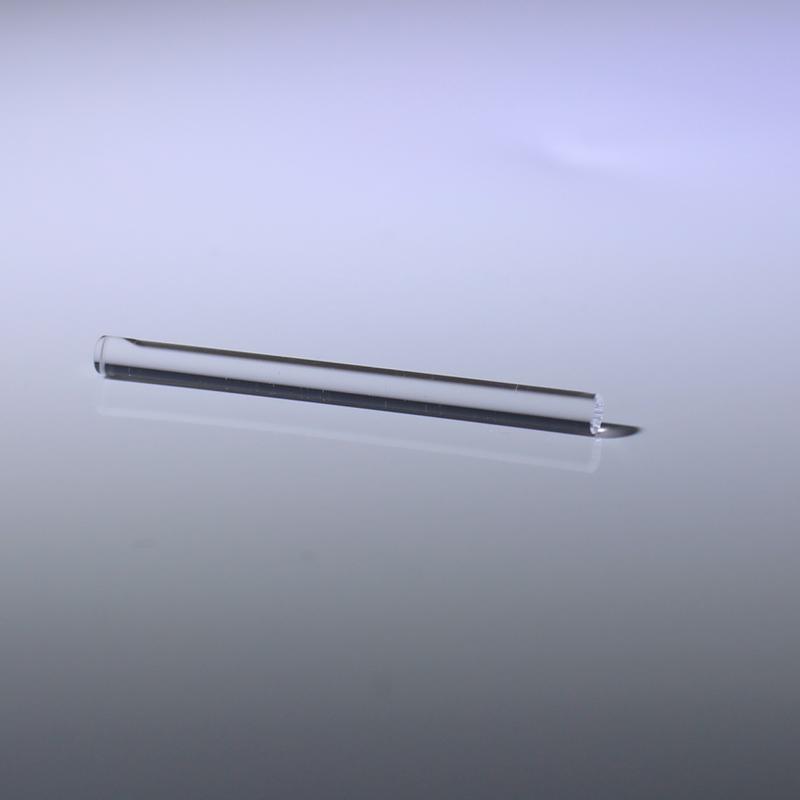Glass Polishing & Lapping
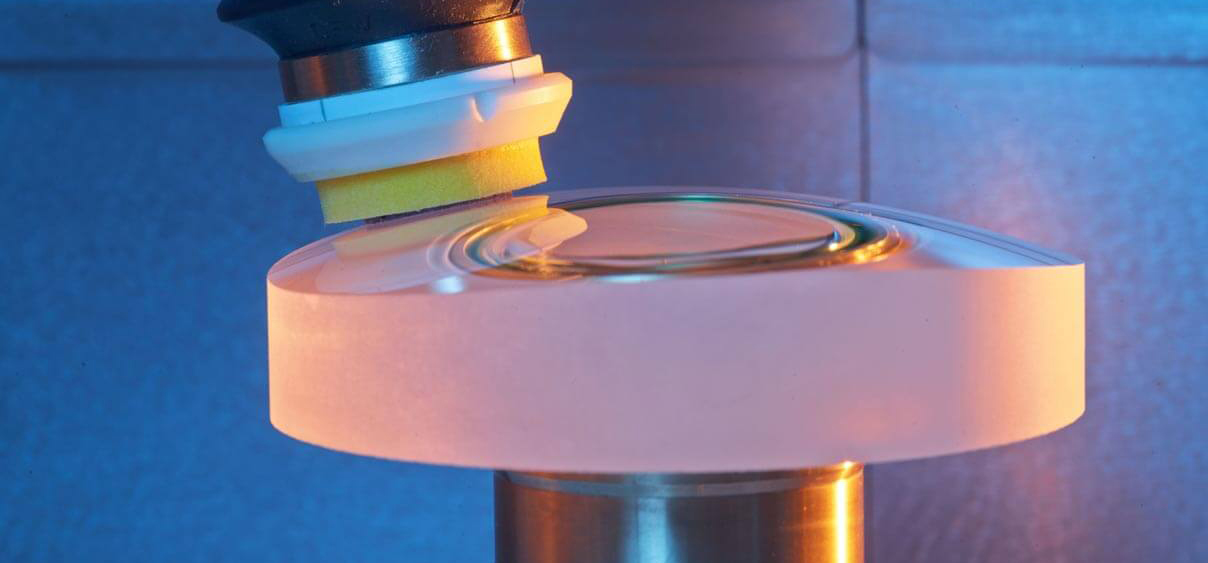
Optical Glass Polishing Services, Precision Lapping & Polishing Services | Precision Lapping Service and Precision Polishing Services
Lapping and polishing are processes designed to remove material from a work piece to achieve a desirable surface finish, dimension, shape or combination of these characteristics. The similarities between lapping and polishing are in the fact that they both use an abrasive in an oil or water based carrier, a vehicle to carry the compound to the work piece and the removal of material from the work piece to achieve the desired finish. The main difference between lapping and polishing is the amount of material being removed and the final appearance of the work piece. Lapping can remove much more material and leaves a dull matte finish, while polishing removes a small amount of material and leaves a bright, reflective finish.
Precision lapping and polishing services of all materials, whether hard or soft, have been the specialties of VY Optics. Other precision machining services include diamond dicing and cutting, grinding, 4 Axis CNC machining, and optical polishing.
Custom flat lapping and precision polishing of all types of materials from a single piece to millions of pieces, on both customer supplied and on our own supplied materials are the specialty of VY Optoelectronics design.
Based on our extensive experience with a wide variety of Optical Glasses and Fused Silica, to hard Ceramics and Sapphire, we can provide lapping and polishing services on almost anything.
We have developed multitudes of special processes to solve your unique problems as part of the extraordinary service that we provide our customers. ISO 9001:2017 certified, all our processes have been carefully documented and are repeatable, so that once you have received a quality product from VY Optoelectronics that meets your specifications, you can depend on a consistent production throughput.
We can also polish the edges of windows and squares. Windows, plates and substrates are routinely processed in batch runs at competitive rates.
A large proportion of our contract polishing and lapping work is carried out to customer-supplied materials.
Precision Lapping
Our lapping services include all optical materials and glasses, as well as metals, alloys and alumina. Using double-sided planetary machines, we focus on components when both sides need lapping to precision tolerances. Surfaces are lapped simultaneously whilst held in carriers, removing the need for fixing or clamping, and ensuring a stress free lapping process for the components without thermal distortion.
Following is a partial materials precision lapped and polished sized from as small as 0.127mm square to 1000mm.
99.8% Fused Silica and Fused Quartz wafers, Optical Glass windows, Precision Glass and Ceramic shims and spacers, Aluminum, Ceramics, composite materials, BK7 windows, filter glasses and all other types of glasses, Germanium wafers, Znic Selenide, BaF, CaF, MgO, Sapphire windows and substrates, Silicon Wafers and windows, Borosilicate Glass,Lithium Tantalate wafers, Lithium Niobate wafer, Zerodur. We lap and polish customer supplied materials as well as our own supplied materials, and parts may be custom sized, or standard sized based on your requirements. VY has an extensive inventory of thousands of finished wafers and substrates in stock.
Please call or e-mail for a quotation to meet your specifications.
People also ask
1. What is the difference between lapping and polishing?
The main difference between the lapping and polishing processes is obvious in glass lens manufacturing. Lapping produces a rough surface processed with coarse abrasives and a hard plate tool, while polishing produces a mirror-like surface processed with fine particle
abrasives and soft pads.
2. What is lapping process for polishing?
The lap scrubs the surface of a workpiece with light pressure and can be performed with a hand lap or machine. Hand lapping relies on manual means to polish the workpiece using a lapping plate. A worker gently scrubs the workpiece over the plate containing a pastelike coating of abrasive material.
3. What is the best method for polishing glass?
Take your glass and hold it by the base above your steam source and at an angle--just don't get it wet! Once the inside of the bowl has steamed up, go ahead and gently polish the inside of your glass. Be careful not to put too much pressure on it.
4. What grit do you use to polish glass?
These are the pads that will give your glass the pre-polish finish you need to move your surface to a clear glass polish. The most common grit used will be the 325 grit as it works for almost every surface to achieve a fantastic pre-polish finish.

